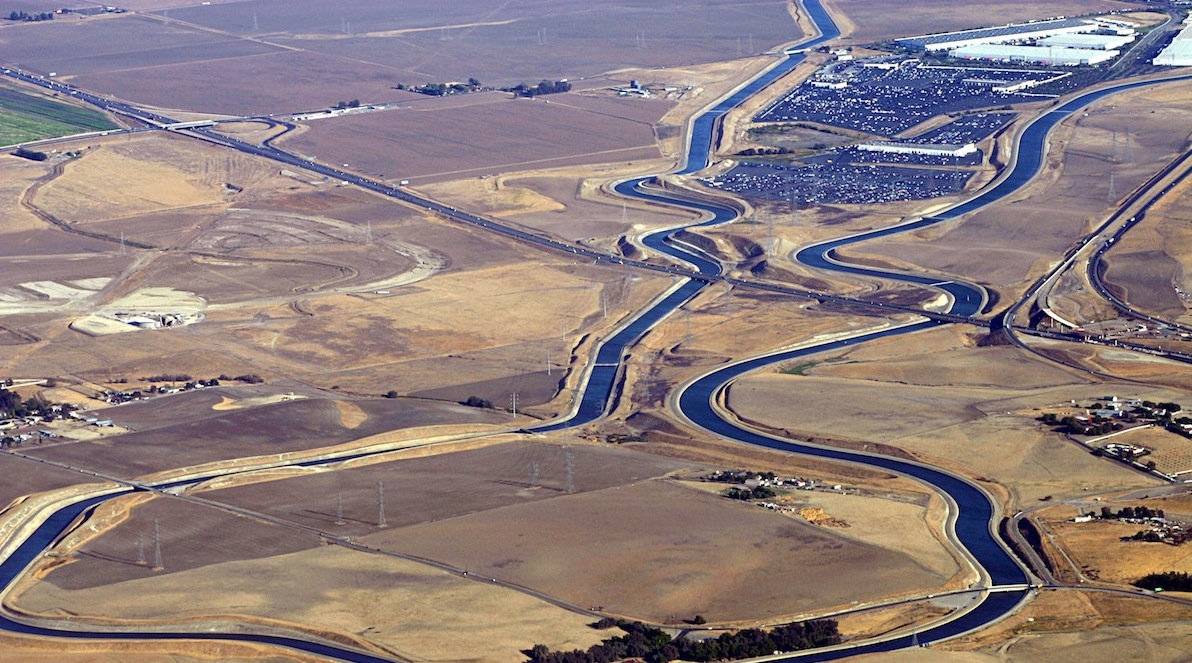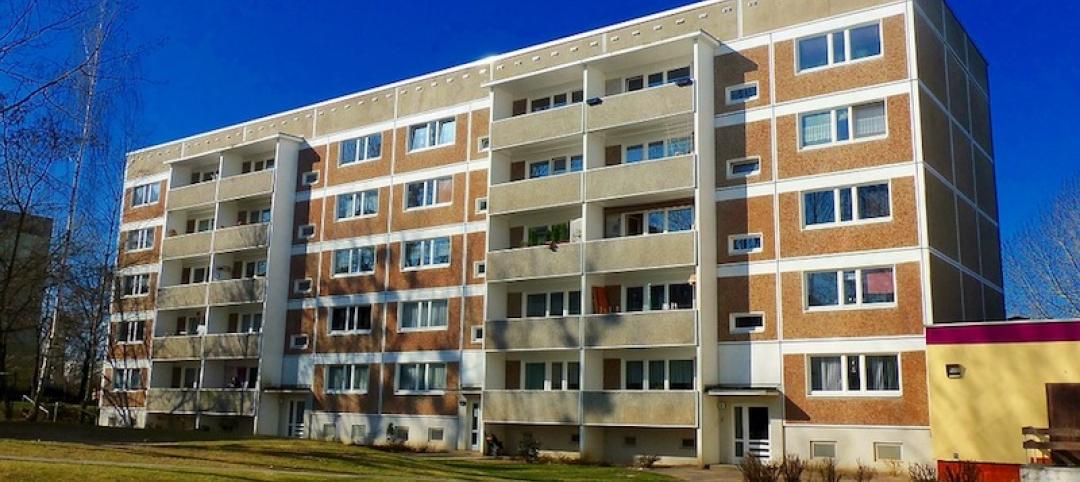The California Energy Commission (CEC) recently took measures aimed at saving the drought-stricken state billions of gallons of water.
The CEC approved new standards on toilets, urinals, and faucets that are sold in California. The new standards will be the most water-efficient in the country. Once the current stock of products is turned over, the CEC says the measure will save more than 100 billion gallons of water annually.
California is the first state to adopt standards that are more efficient than those set by EPA's WaterSense program. Next year, all urinals sold in California will use only 1 pint of water or less for each flush (the old standard was 1.0 gallons per flush, WaterSense is 0.5 gpf) and bathroom faucets will use no more than 1.2 gallons of water per minute (the old standard was 2.2 gpm, WaterSense is 1.5 gpm).
These standards go into effect on Jan. 1, 2016. The new standards do not require homes and businesses to replace plumbing fixtures. The CEC is working on a rebate program to make the purchase of more efficient appliances more affordable.
Related Stories
Codes and Standards | Jan 9, 2019
Policymakers need to act to alleviate affordable housing crunch
Moody’s economist says costs including mortgage rates worsening situation.
Codes and Standards | Jan 8, 2019
Pittsburgh launches task force on construction industry fraud
Focus will be on wage violations.
Codes and Standards | Jan 7, 2019
Program uses low-cost sensors to monitor impact of stormwater mitigation systems
University/municipal partnership in Philadelphia aims to improve green infrastructure design.
Codes and Standards | Jan 7, 2019
Washington, D.C., to transition to 100% renewable energy by 2032
Includes measures to reduce emissions from buildings and transportation.
Codes and Standards | Jan 4, 2019
Canada’s National Building Code will include climate change obligations
New durability requirements for new buildings in the works.
Codes and Standards | Jan 4, 2019
LEED v4.1 beta registration begins in January
First releases are O+M, BD+C, and ID+C.
Codes and Standards | Jan 3, 2019
U.S. Appeals Court says general contractors can be cited for subcontractor violations
Ruling will prompt review of OSH decision that said GCs cannot be held liable for subs’ violations.
Codes and Standards | Jan 3, 2019
Tall mass timber code changes receive final approval
New provisions to be included in the 2021 International Building Code.
Codes and Standards | Jan 2, 2019
ASHRAE’s Low-Rise Residential Buildings standard update now available
Performance measures are at least 50% more efficient than 2006 IECC.
Codes and Standards | Jan 2, 2019
Study compares labor hours for various low-slope roofing options
Type of roof covering, project parameters, tool management, and crew efficiency all impact profitability.

















